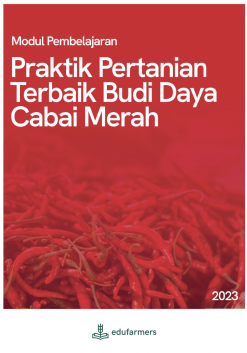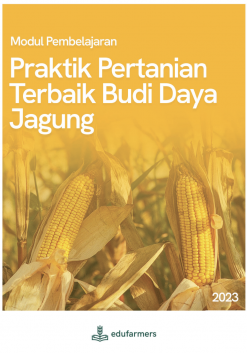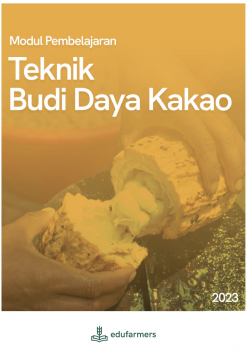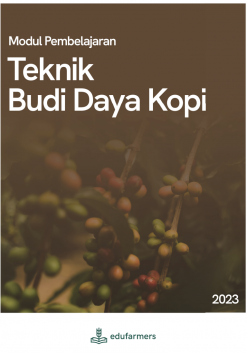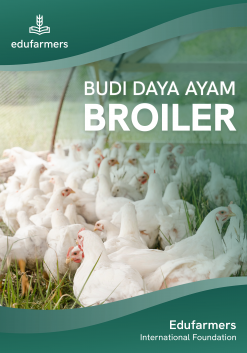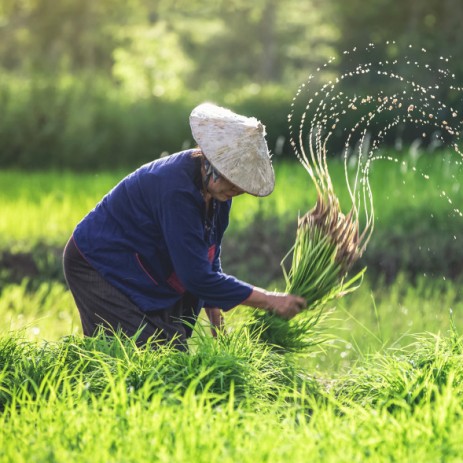Learning Modules
Best Farming Practices for Red Chili Cultivation
Red chili (Capsicum annuum L.) is one of the horticultural crops from the Solanaceae family that is extensively cultivated in Indonesia. Red chili has numerous health benefits due to its content of antioxidants (Sun et al., 2007), which act as free radical scavengers. It also contains capsaicin (Chapa-Oliver & Mejia-Teniente, 2016) and L-asparaginase (Aisha et al., 2022), which play a role as anti-cancer agents. .
The productivity of red chili in Indonesia in 2019 was 8.62 tons/ha (Suryani, 2020), while its potential could reach 12–20 tons/ha. Successful red chili cultivation can yield high productivity and market value. Moreover, the Indonesian population enjoys the spiciness of chili, resulting in a high demand for this commodity. The high demand has prompted many farmers and the general public to start cultivating red chili to meet market demands as well as personal needs. This underscores the need for practical, comprehensive, and easy-to-understand technical guidance on red chili cultivation that can help achieve high production and quality.
Success in cultivation practices is influenced by factors such as cultivation skills, seed selection, environmental factors, including abiotic factors (soil, water availability, microclimate) and biotic factors (plant pests, biological agents), the resources available for maintenance, such as fertilization and pest control, as well as post-harvest skills. All of these factors should be optimized, including the application of technologies that can enhance yields and prevent crop failures.
This module provides a guide on how to cultivate red chili, including recommendations for best practices and appropriate technologies. It is designed to be easily understood by farmers interested in red chili cultivation.
Best Farming Practices for Red Chili Cultivation (2.41MB)
